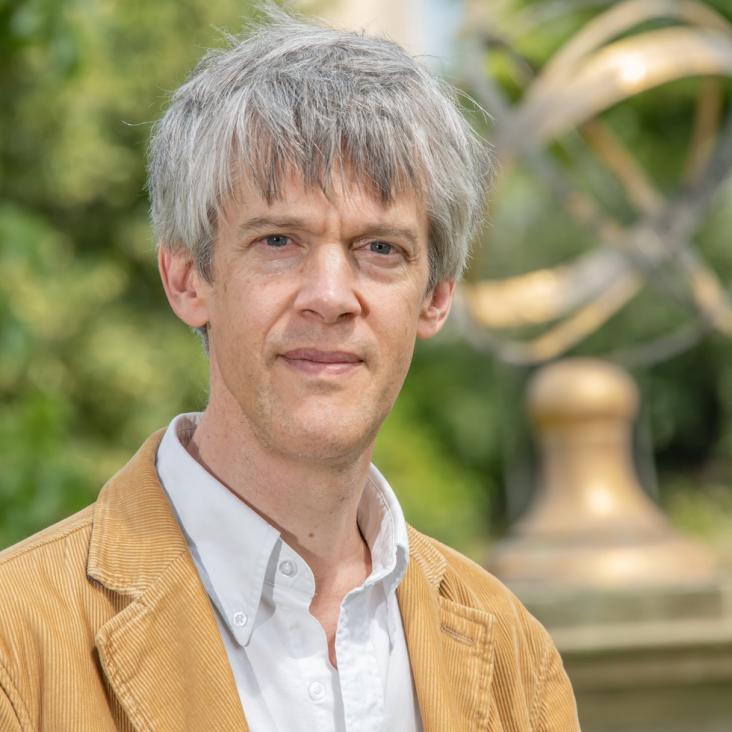Second Radiocarbon Intercomparison Program for the Chauvetpont d'Arc Cave, Ardèche, France
Radiocarbon Cambridge University Press (CUP) 56:2 (2014) 833-850
Authors:
A Quiles, H Valladas, J-M Geneste, J Clottes, D Baffler, B Berthier, F Brock, C Bronk Ramsey, E Delqué-Količ, J-P Dumoulin, I Hajdas, K Hippe, GWL Hodgins, A Hogg, AJT Jull, E Kaltnecker, M De Martino, C Oberlin, F Petchey, P Steier, H-A Synal, J van der Plicht, EM Wild, A Zazzo
Abstract:
The Chauvet-Pont d'Arc Cave is one of the most important sites for the study of the earliest manifestations and development of prehistoric art at the beginning of the Upper Paleolithic. Different dating techniques have been performed thus far (AMS 14C, U/Th TIMS, 36Cl dating) to model the chronological framework of this decorated cave. The cave yielded several large charcoal fragments, which enabled the opportunity for obtaining multiple dates; thus, a First Radiocarbon Intercomparison Program (FIP) was initiated in 2004 using three charcoal pieces. The FIP demonstrated that those cross-dated samples belonged to a time period associated with the first human occupation. One of the statistical interests of an intercomparison program is to reduce the uncertainty on the sample age; thus, to further assess the accuracy of the chronological framework, the Second Intercomparison Program (SIP) involving 10 international 14C laboratories was carried out on two pieces of charcoal found inside two hearth structures of the Galerie des Mégacéros. Each laboratory used its own pretreatment and AMS facilities. In total, 21 and 22 measurements were performed, respectively, which yielded consistent results averaging ∼32 ka BP. Two strategies have currently been developed to identify statistical outliers and to deal with them; both lead to quasi-identical calibrated combined densities. Finally, the new results were compared with those of the FIP, leading to the important conclusion that five different samples from at least three different hearth structures give really tightened temporal densities, associated with one short human occupation in the Galerie des Mégacéros.


